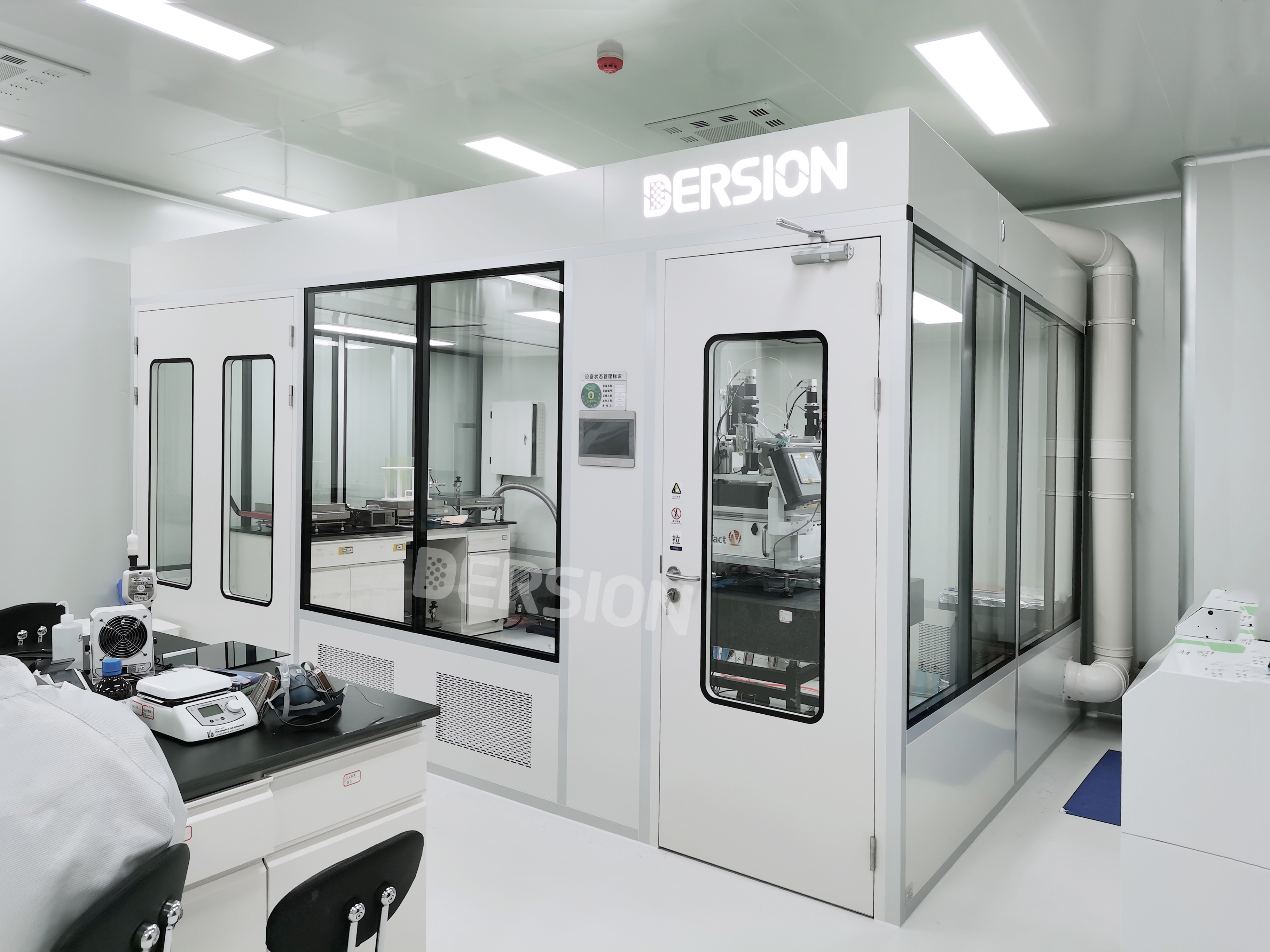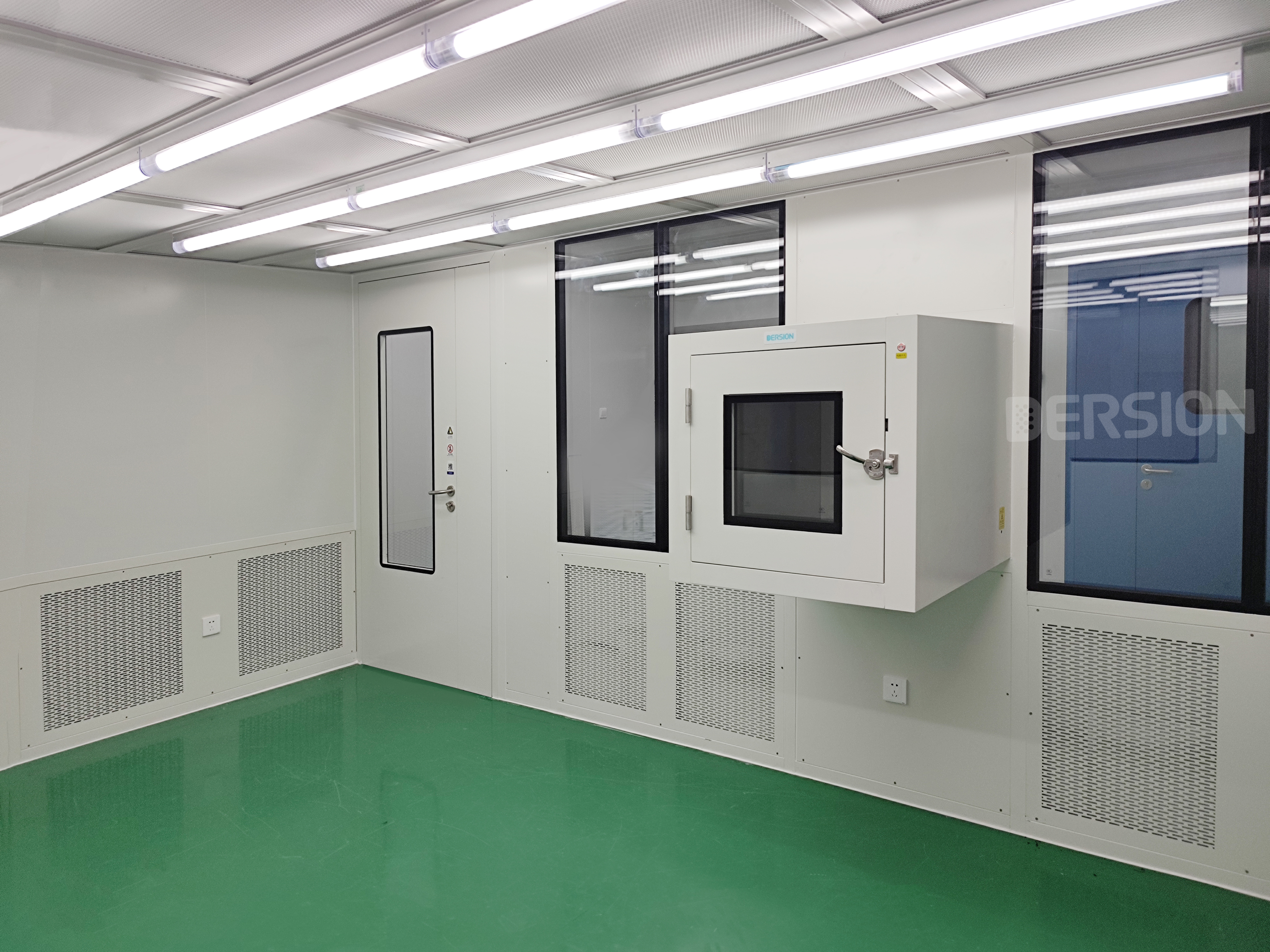Clean rooms are specialized environments that play a crucial role in high-precision manufacturing industries. They are designed to maintain extremely low levels of pollutants, such as dust, airborne particles, and chemical vapors, in order to ensure the quality and reliability of products.
The cleanliness requirements of clean rooms can vary depending on the specific application scenario. To categorize and standardize these variations, clean rooms are classified into four main levels: Class 100, Class 1000, Class 10000, and Class 100000. Each level has its own cleanliness standards and application scopes.
Starting with the highest level, Class 100 clean rooms are the most stringent in terms of cleanliness requirements. These clean rooms have an extremely low particle count per unit volume of air, ensuring an environment free of microorganisms, dust, and other contaminants. Class 100 clean rooms are typically used in industries involving the production of sensitive electronic components, pharmaceutical products, and medical equipment. The critical nature of these industries demands the highest level of cleanliness to prevent any compromise in product quality.
Moving down the hierarchy, Class 1000 clean rooms have a slightly higher particle count per unit volume compared to Class 100 clean rooms. While they are not as stringent, they still maintain a high level of cleanliness and are suitable for industries like semiconductor manufacturing, biotechnology, and optical production. Class 1000 clean rooms offer a controlled environment that minimizes the risk of particle contamination and ensures the quality of the manufactured products.
Class 10000 clean rooms have a higher particle count per unit volume compared to the previous two levels. They are commonly used in industries such as automotive, aerospace, and food processing. Despite having a slightly lower cleanliness standard, Class 10000 clean rooms still provide a controlled environment that significantly reduces the presence of contaminants. These clean rooms play a crucial role in ensuring the reliability and performance of products in less critical industries.
Finally, Class 100000 clean rooms have the highest particle count per unit volume among the four levels. While they may not have the strictest cleanliness requirements, they are still necessary and beneficial for industries like textile manufacturing, packaging, and general assembly. Class 100000 clean rooms offer a controlled environment that minimizes the risk of contamination and ensures the overall quality of the end products.
Now that we have a better understanding of the four cleanliness levels of clean rooms and their application scopes, it is important to make recommendations applicable to each level. For Class 100 clean rooms, it is crucial to implement high-efficiency particulate air (HEPA) filters, strict gowning protocols, and regular air monitoring to maintain the desired cleanliness standard. For Class 1000 clean rooms, similar measures should be implemented, but with slightly less stringent processes. The same approach should be followed for Class 10000 clean rooms, with appropriate adjustments based on the industry requirements. Lastly, for Class 100000 clean rooms, emphasis should be placed on regular cleaning and maintenance procedures to uphold the desired cleanliness level.
In conclusion, clean rooms are specialized environments that play a vital role in maintaining high levels of cleanliness in various industries. Understanding the four cleanliness levels and their application scopes allows for better implementation and adherence to the required standards. By following the recommended practices for each level, manufacturers can ensure the quality, reliability, and performance of their products.
Post time: Nov-13-2023
